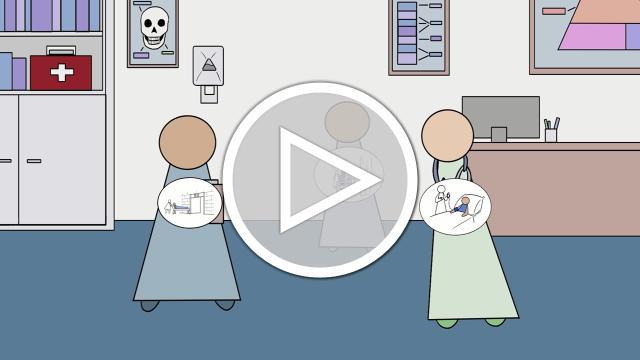This session will explore the concepts of role clarity, and the way that improved role clarity can enhance the work done by teams. It takes the form of a one-hour facilitated workshop where participants will discuss and reflect on their perceptions and expectations of the roles of different team members.

Please click the link below to download a modified version of this module which teams can use to conduct sessions via video conferencing rather than in-person.
Role Clarity remote session outline
When running this remote module, participants may need to be separated into sub-groups for discussions. Please view this brief video conferencing note for guidance on how to do this.
Note that your organisation may have policies on which video conferencing tools are permitted to be used.
This session aims to enhance team members’ understanding of their roles and responsibilities, and those of others on the team. The main outcome of the session will be the development of a shared understanding of actions to implement and sustain the learning points - for example regular feedback from others to clarify role and responsibilities on an on-going basis, and regular monitoring of role/goal clarity. Notes recording the discussion on role clarity may be a useful tool for induction of new members as they arrive on the team.
Please click on the image below to watch a brief video introducing this module.
1-2 members can act as facilitators, with one taking notes to record the discussions.
The session is structured as follows:
- Welcome and introduction to the session (10 minutes)
- Role clarity opening discussion / ice-breaker (10 minutes)
- Group exercise and discussion to explore role perceptions / expectations of roles (20 minutes+ 10 minutes feedback)
- Close of session (5 minutes)
Collaborative and explicit goal setting will ensure clarity among team members in their role in helping the team achieve its goals; this ensures a shared mental model/vision for the team’s work.
Clarity of team goals is the single most important predictor of success in healthcare teams.1,2 However, many teams still do not have clear goals. When roles are clear, team members are more motivated, less stressed and perform better. Role ambiguity and role conflict are key factors in the development of work stress.3 With clear roles and objectives, teams perform significantly better, with fewer errors, greater productivity and higher levels of innovation.2,4
Role ambiguity is negatively associated with role performance,5 team performance,6 and job satisfaction.7
References
- Lyubovnikova, J. & West, M.A. (2013). Why teamwork matters: Enabling health care team effectiveness for the delivery of high-quality patient care. In E. Salas et al. (eds.). Developing and enhancing teamwork inorganizations: Evidence-based practice and guidelines. (pp.331-372). San Francisco: Jossey Bass.
- West, M. A., & Markiewicz, L. (2016). Effective team working in health care. In E. Ferlie, K. Montogomery, & A. R. Pedersen (Eds.), The Oxford Handbook of Health Care Management (pp. 231-252). Oxford: Oxford University Press.
- Woods S, West, MA. The Psychology of Work and Organizations: 2nd edition. Cengage Textbooks. 2014
- West M. The Essence of High Performance Teams. In Heimer Rathbone CL, editor, Ready for Change?: Transition Through Turbulence to Reformation and Transformation. Basingstoke: Palgrave Macmillan. 2012. p. 111-127
- Gilboa S, Shirom A, Fried Y, Cooper CL. A meta-analysis of work demand stressors and job performance: examining main and moderating effects. Personnel Psychology. 2008;61(2):227-271.
- Salas, E., Rozell, D., Mullen, B., & Driskell, J. E. (1999). The effect of team building on performance: An integration. Small Group Research, 30(3), 309-329.
- Slattery, JP, Selvarajan, TT & Anderson, JE (2008) The influences of new employee development practices upon role stressors and work-related attitudes of temporary employees, The International Journal of Human Resource Management, 19:12, 2268-2293

